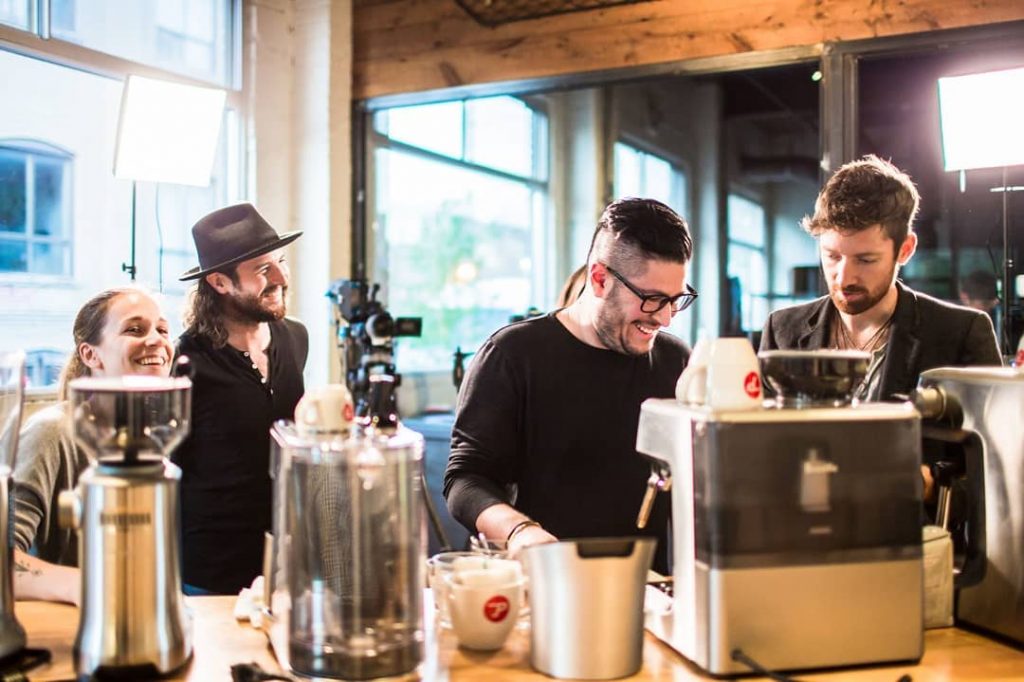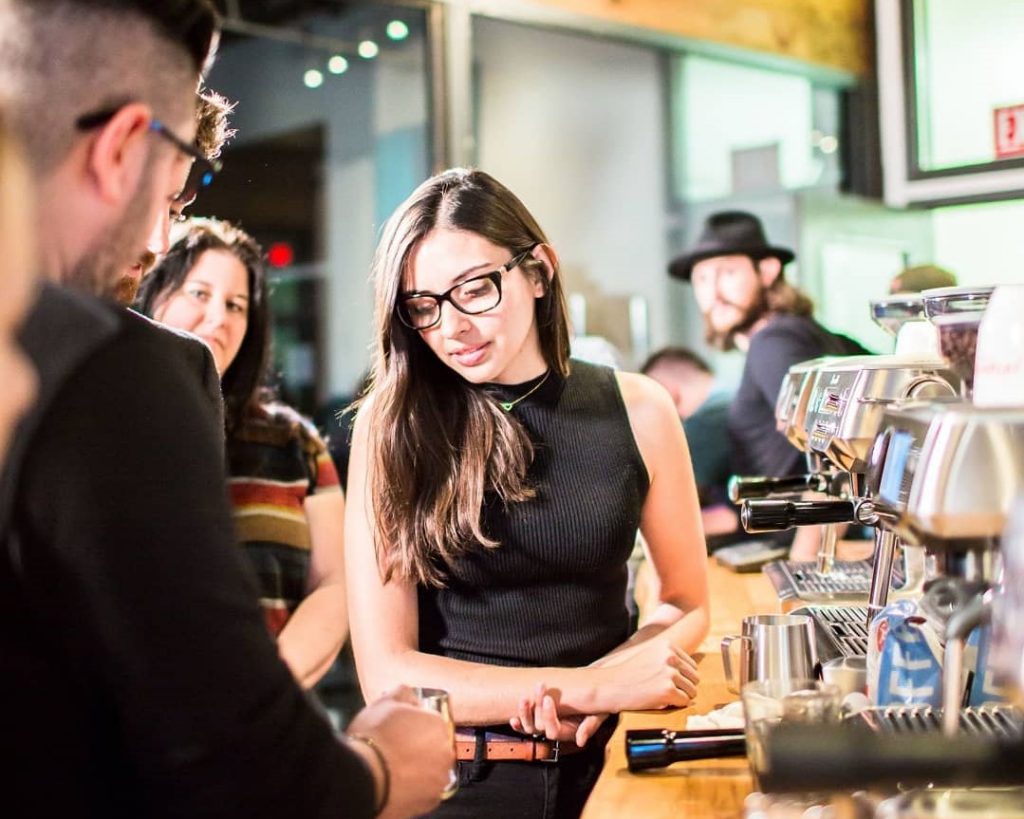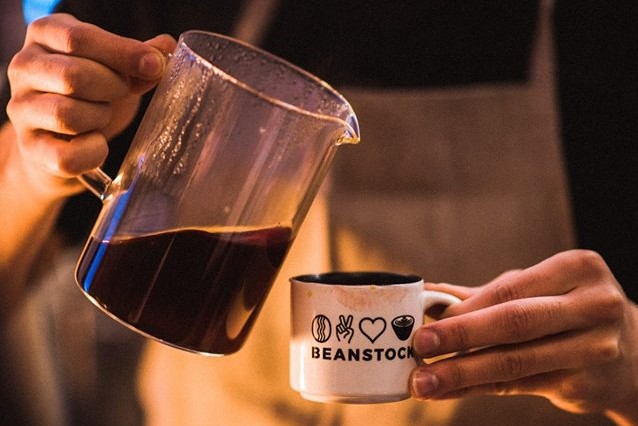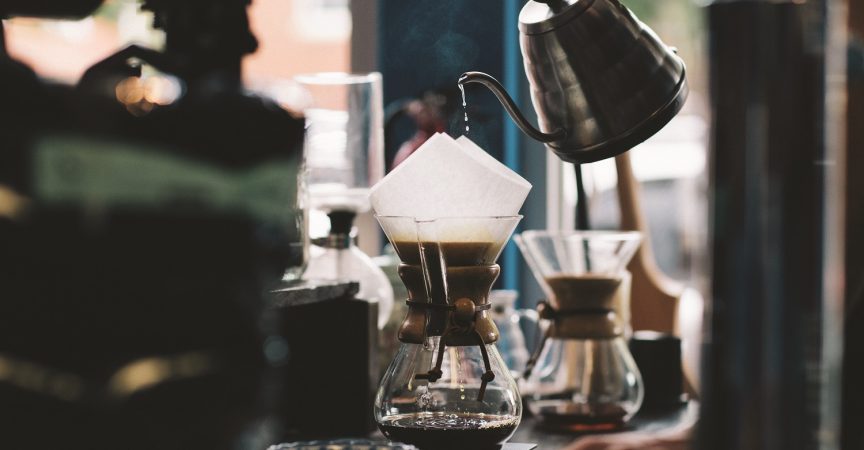From the Ground Up: How a complete change in perspective can save the coffee industry
Kickstarting our lives every morning, coffee has surpassed water as the most consumed beverage in this country, according to a 2018 study by the Coffee Association of Canada, with roughly three-quarters of adult Canadians enjoying their morning brew daily. But the coffee industry is in trouble worldwide, and industry insiders are worried. Grant Gamble is one such expert.
Gamble’s first job was at Starbucks when he was 15, and this first glimpse into the industry was enough to pique his interest and set him on his path. He was a manager by the age of 16, and Starbucks urged him to stick around, but at 18, he was ready to move on, looking for an opportunity to dive deeper into the industry. He ended up in Vancouver, working with specialty coffee company JJ Bean, which has since expanded its operations to Toronto.
“There are two worlds in coffee,” says Gamble. “There’s coffee as everyone thinks of it—the black stuff that gets you awake—and then there’s specialty coffee, and you can think of that like craft beer. I wanted to get more into that side of it.”
JJ Bean is taste driven, rather than quantity driven, roasting in small batches and prioritizing single-origin coffees.

Gamble came back to Toronto to help start Boxcar Social, a gem that prides itself on its coffee program. He returned to Vancouver after three years to start to explore the importing side of the industry.
“I was always interested in that side of things,” says Gamble. “A coffee importer is that middleman between farmers and roasters. When I became an importer, I learned how fragile and how volatile the coffee industry is.” It was there that Gamble was able to start delving into what the industry was facing as a whole, and in Canada in particular.
“One of the big challenges to North American coffee culture is the way coffee is viewed,” says Gamble. “I think the majority of people think of coffee as that thing you have to wake you up in the morning, whereas in a lot of other places in the world, coffee is a luxury product. Coffee used to be like that—like spices—it was expensive, it was sacred; it was quite hard to get. But then it became commodified. It was everywhere, and it was cheap.”

The first thing to understand when looking at this problem is the way coffee is priced on world markets. Gamble explains: “Coffee is purchased based on a blanket price set by the commodity exchange market, and that price is determined by supply and demand, price elasticity, speculation—all this stuff that has nothing really to do with coffee—and all the coffee producers are stuck using this model.”
It costs an average of between US$0.80 and $2.00 to produce a pound of regular coffee, and between $2.50 and USD 12.00 for a pound of specialty coffee. When the market closed on Friday, February 16, 2019, the price for coffee was US$1.01 per pound. To further illustrate the peril the industry is in, consider that in February 1985, coffee was exchanging at US$1.44 per pound.
“This is a crisis in coffee because people are just not going to grow it,” says Gamble. “It’s at a point where coffee producers (the average age of whom is between 50 and 60 years old) are telling their kids, ‘Go do anything else.’”
Gamble is currently in Australia, where coffee is experiencing something of a rebirth as a luxury product, viewed in the same light as fine wine.

“Melbourne is coffee Mecca,” says Gamble. “I think part of why it’s so advanced is that it’s a sit-down table service. The coffee is presented to you, and you choose the right one and you pair it with food. That’s an opportunity for people who own restaurants or cafés. Shift the way you’re presenting coffee, get better coffee and charge accordingly, and educate people on what coffee really is.”
For so many restaurateurs, Gamble observes, coffee is an afterthought: “You have a meal, and all of the ingredients in every dish have been sourced specifically for a reason, prepared to perfection, and you get to the coffee and it’s an afterthought. You’re going to pay $3.00 for a not-very-good espresso—and that’s the last thing you are going to remember. A restaurant could charge $14.00 for two cups of coffee prepared in a beautiful glass carafe. Now instead of $1.20 margin, you’ve made $10.00. That’s such an Instagrammable thing, too. In Australia, restaurants are making a killing on their coffee programs.”

To source good coffee, restaurants should look at pairing with a coffee vendor who values transparency. You should know how they source their beans, how they treat the producers, and how much the producers are paid. Fair-trade coffee is a start, but it’s not the be-all and end-all, Gamble says. The price is set at a minimum of US$1.40 per pound, but it’s still too low. The aim for restaurateurs needs to be specialty coffee, that is, coffee that is both high quality and sustainable.
Grant is the co-founder of the Beanstock Coffee Festival—think craft beer festival, but coffee—aiming to get people inside the industry and out excited about coffee.

“There’s a trend that’s particular to Canada where the coffee community is really strong,” he says. “When I co-founded Beanstock, we were worried about getting all these competitors in the same room, all selling to the same consumers and industry folk. We thought it might cause some tension, but actually everyone was really into it. All the roasters, all the distributors realized that instead of fighting for the same piece of the pie, they might as well make more pies, convert some of these people to drink specialty coffee. This community is not prevalent in other countries; there’s a lot of competitive nature, especially here in Australia. A lot of the roasters won’t collaborate, but in Canada, everyone is willing to work together.”
And what about those giants of the coffee industry? Can the biggest players get on board to save coffee?
“I think there’s a way for [big coffee companies] to make more money,” says Gamble. “Let’s say they completely changed their coffee program: it would turn away many people in the beginning, but if they are charging more for coffee and it’s higher quality, the margin is actually greater. It comes down to educating people: it’s the fruit of a tree that’s grown in the tropical world, and it’s been processed like wine, and roasted, and then prepared here. It’s special.”

This, for Gamble, is the point: “We have this idea that coffee is an afterthought when really it’s something super special. When it’s viewed that way, you can make much better margins on it, all across the chain, right down to the growers.”









